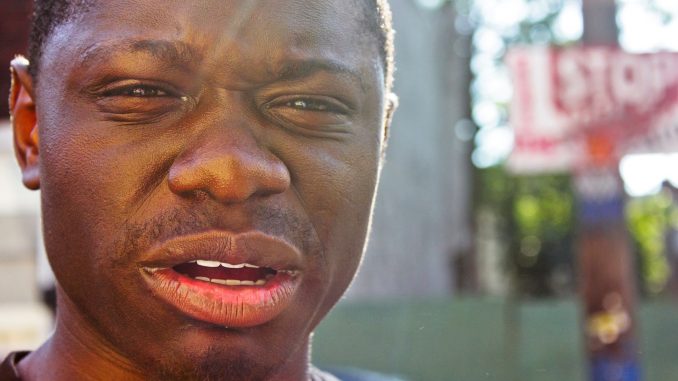
When XiuZhuo Wang, a 20-year-old sophomore film student, decided to take the plunge of leaving his native China to travel to America for school last year, he soon found himself facing challenges beyond the classroom.
Wang, along with other international students at Temple, has had to adapt not only to the culture of a foreign country, but with the day-to-day reality of living in one of America’s more dangerous cities.
“When I first arrived at Temple, my Chinese friends told me that crime happens a lot in North Philly,” Wang said. “I was so worried and thought it would be better if I walked with someone to the dorm at night.”
Students at Temple are familiar with the stigma Philadelphia carries as being one of the most violent cities in the U.S. While murder rates across the country and in Philadelphia have decreased in recent years, in 2012 there were just fewer than 18,000 violent crimes and more than 300 murders, according to the FBI.
According to 2011 FBI statistics, the U.S. had a total of 12,664 murders, with 49 percent involving handguns. Unlike the west, the Chinese government does not allow private citizens to own or carry firearms, with the exception of licensed hunters.
“I believe some areas are difficult for police to manage, due to lack of money or other factors,” Wang said. “In China, the security administration have it easier because of the gun laws, so violent crimes don’t happen as often.”
While one student experienced the violence that surrounds the city, another student documented the ordeal through photojournalism.
Nidaa Husain, 25, a photographer from Johannesburg, began a project to document the violence that plagues the city through photography.
As part of a fellowship program granted by Temple and Market Photo Workshop in her native South Africa, Husain began a campaign to bring awareness of gun violence through her pictures.
“I felt I wanted to tell personal stories of at least some of the many people who have been affected by gun violence,” Husain said. “Either as a survivor of direct attack, or as a family member who has and probably is still experiencing the deep pain of losing someone in such a violent, abrupt manner.”
Through what began as an opportunity to network and improve her boldness in photography, Husain said she wants to give her audience an enlightened look into what Philadelphia police may take for granted – a story behind the yellow tape.
“What became clear to me was the overriding theme of the images of gun violence,” she said. “This seems to reduce victims, or survivors, to a number which quickly becomes part of a statistic, which I believe enables us to further dissociate from this reality of our human experience.”
Husain wanted to bring awareness of the hidden layers of crime, such as the emotional baggage that death deals to loved ones, especially dealing with children when someone dies, and the awareness of promoting a stance to stop the cycle of gun violence in Philadelphia.
Back in Johannesburg, where the country-wide murder rate was 30.9 per 100,000 in 2011, the comparison between the two cities far exceeds her expectations.
“I feel it is easier to find similarities,” Husain said. “Young people are getting guidance from the streets, and there is fear and grief caused by violence, which I believe forms part of our collective consciousness, possibly further fueling the epidemic.”
Edward Barrenechea can be reached at edward.barrenechea@temple.edu or on Twitter at @EddieB_TU.



Be the first to comment